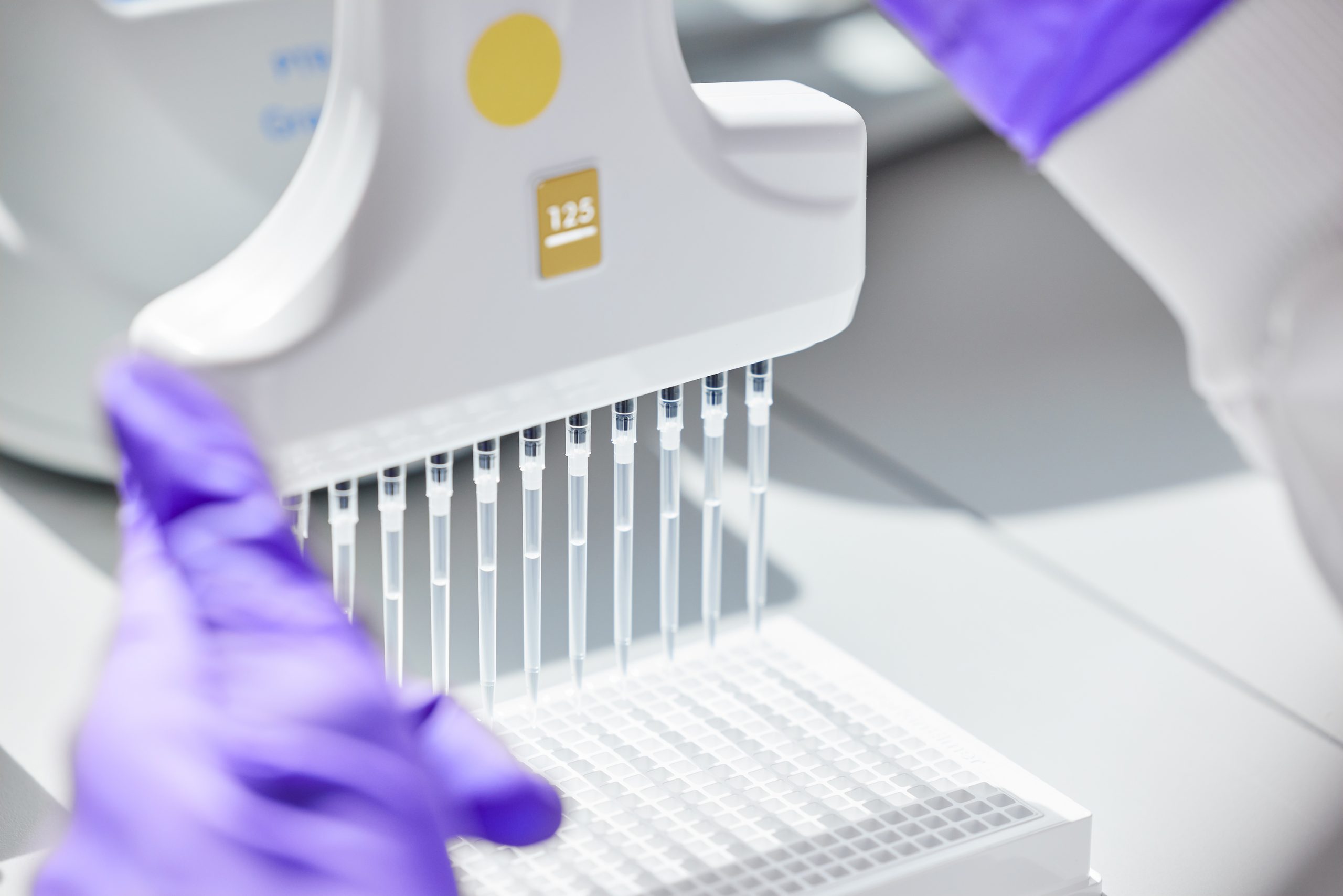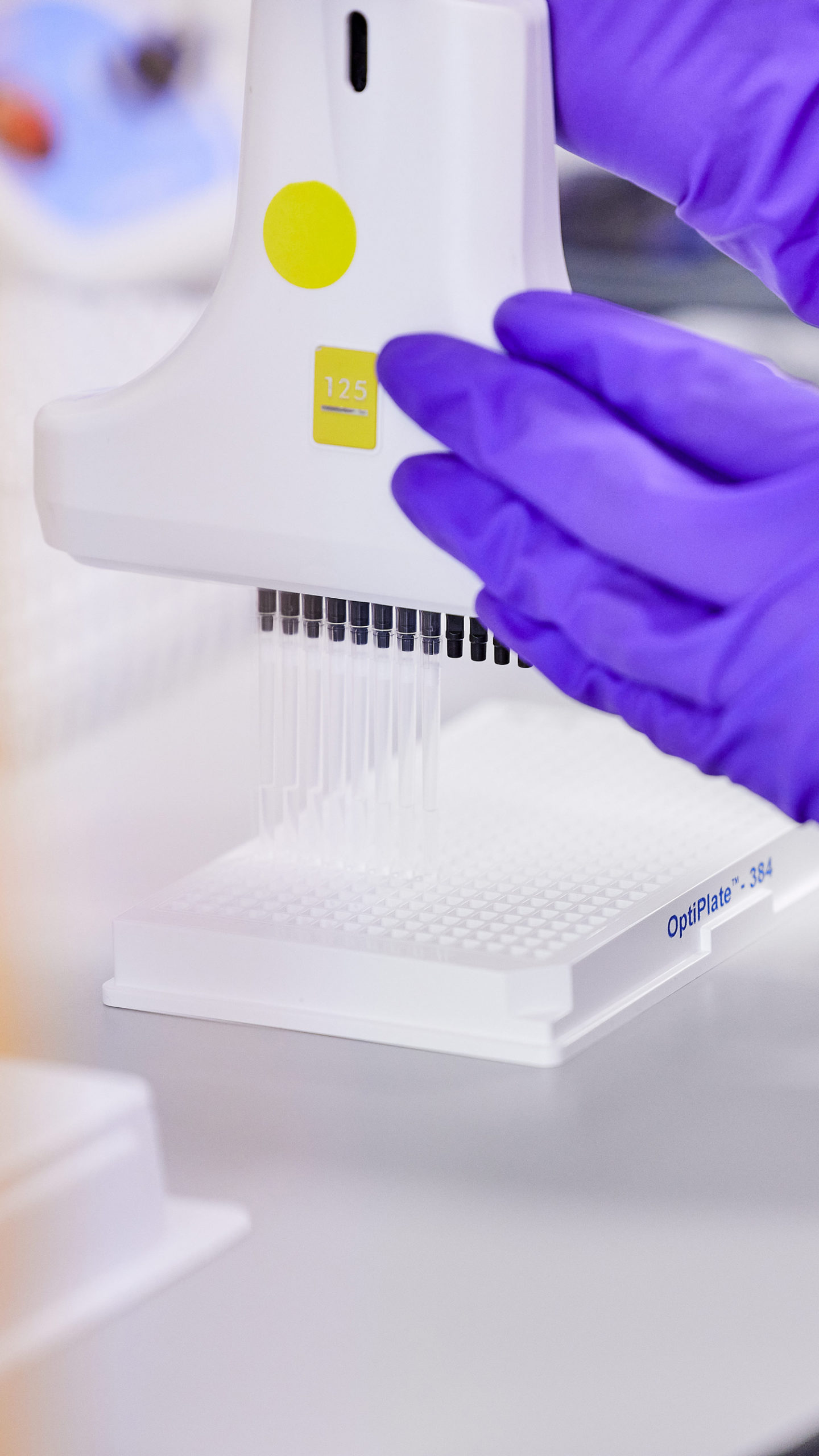

Platform
A Modular Platform
Bicycles can be identified that deliver multiple different pharmacologies. Not only that, but they can also be combined with other payloads to deliver potentially innovative solutions.
Bicycles can be used to generate more complex molecules, and can be delivered as stand-alone molecules, linked together as bi-specifics, further elaborated into higher order Bicycles, or linked with other small molecules, nucleic acids, or radioisotopes to act as a precision-guidance mechanism.
Bicycles can be used to modulate single targets as stand-alone molecules
Bicycles can be linked together as bi-specifics, which simultaneously bind to two different proteins to deliver dual pharmacology.
Bicycles can be further elaborated into higher valency multimeric Bicycles to deliver more complex pharmacology.
Bicycles can be linked to other payloads, such as other small molecules, nucleic acids, radioisotopes. This allows the Bicycle to act as a precision guidance mechanism, where tissue- or tumor-targeting Bicycles binding to selectively expressed targets seek to deliver the conjugated payload directly to the intended site of cellular action.
Our Bicycle toxin conjugates (BTCs) seek to deliver cytotoxic payloads to cancer cells. These comprise a Bicycle targeted to a tumor-specific antigen, a linker, which is selectively cleaved by enzymes upregulated in the tumor microenvironment, and a toxic payload. The toxic payload remains inert until the Bicycle-guided conjugate has entered the tumor. Thus Bicycle technology is designed to spare healthy cells and tissues while simultaneously destroying tumor cells.
Bicycle radio conjugates (BRCs) deliver DNA damaging radiation as the tumor killing payload. These contain a Bicycle targeted to a tumor-specific antigen, a non-cleavable linker and a radiation emitting payload. The goal of the BRC therapy is directly analogous to the BTC approach; in the BRC case, the Bicycle seeks to focus radiation (as opposed to a toxin) on the tumor and away from healthy tissue
The time-elapsed video shows a mouse undergoing BRC treatment over the course of an hour. The BRC is either at the tumor site or being rapidly excreted through the kidneys, showing the combined benefits of high affinity and a short half-life.